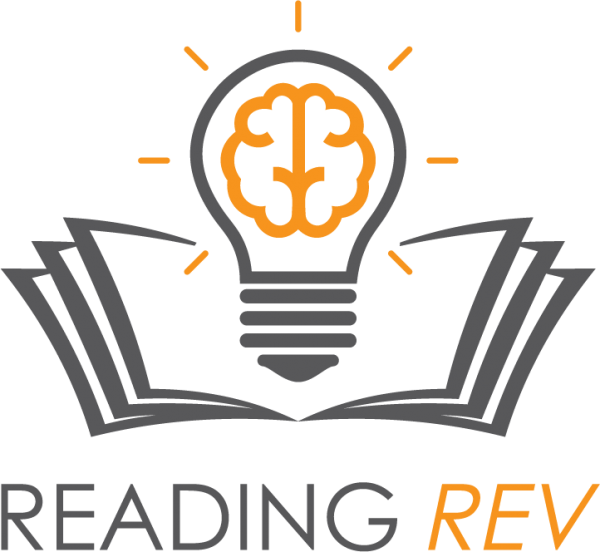B and D Reversals Solved!
After watching many of my students struggle with b and d reversals/confusion for years, I knew that I needed to offer some solutions. It would be even better if those solutions didn’t feel humiliating and babyish. Here are our tried-and-true intervention ideas for students of all ages who struggle to differentiate the letters b and d.
First, it’s fascinating to learn that these visual orientation confusions are typical and can be explained with humans' long history of survival and short history with written language. For thousands of years, our sight and visual recognition of danger was necessary for survival. If a wolf or lion was seen, it didn’t matter what direction it faced. Immediate recognition and action was necessary. Our brains were wired to put aside less important details like orientation and just respond. Then came written language.
If all letters were unique in shape, directionality would not be as big of a problem. But, we introduced several symbols that are the same shape but represent different sounds depending on their direction (b,d, p, q, m, w). It’s no longer a lion facing left or right; the letter b has a totally different meaning than the letter d. For most children, their brain naturally figures out this distinction by the end of second grade. Reversals are considered developmentally normal until then. If this confusion persist, the child needs some direct, explicit instruction to help rewire their brain to make these subtle, but important distinctions.
B Hand
I first saw the idea of the b hand by watching reading expert, Linda Farrell, helping a second grader on a Reading Rockets video. We then found some amazing rubber bracelets to be worn on our b hands. A couple important things to remember: spatial directionality is difficult for many people on the dyslexia spectrum.
So, just having a student create a b hand will not help them visually distinguish the difference. Offering a rubber band or bracelet for that hand cues the reader to the b’s orientation. We have even drawn the letter b on students’ hand so they can “see” how the b is formed. Do NOT teach the d hand. This just muddies the water and makes visual orientation unhelpful; it becomes a lion just facing the opposite direction. You can see Linda Farrell’s video here and find the inexpensive bee bracelets here.
Formation and Muscle Memory
Even with the b hand, some students continue to struggle. Most struggle writing b’s and d’s even after they can visually distinguish the difference in decoding/reading. Here is where explicit instruction in formation can help. The letter b is formed by starting at the top and making the line or back first. By saying the chant, “Back of the b, Back of the b, Back of the b,” the student writes the back first. Then, the second stroke is made, but students must check that the “back” is still first. Likewise, the letter c is formed with the letter c as the first stroke. Students say the chant,” A c, A c, A c makes a d!” The second stroke is the straight line, but students must check to make sure the c is still first. See this letter formation modeled here. Often older students have formed these letters incorrectly for years and it takes time and practice to break this pattern. However, if they get in the habit of creating the letter strokes in this order while saying the chant, new muscle memory is created. Using visual cues like a bee or a racecar on the starting place of each letter can help.
I work with intermediate students and have also found great success with teaching cursive when students have established bad letter formation habits. The cursive letter b and d are formed differently and look visually unique. Cursive is often helpful for more than just b and d confusion. Read more about the benefits of cursive here.
You can access all of these anchor charts and resources in Reading Rev's Free Resource Library or here. I’d love to hear your tried-and-true reversal tips in the comments below! ~Bri








